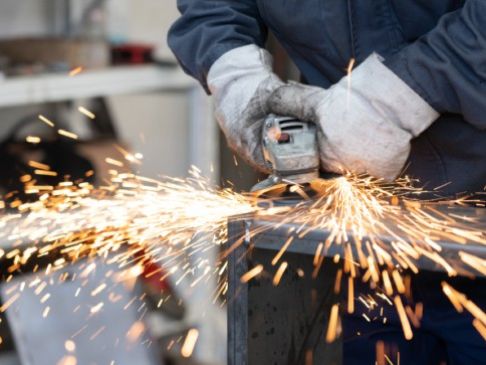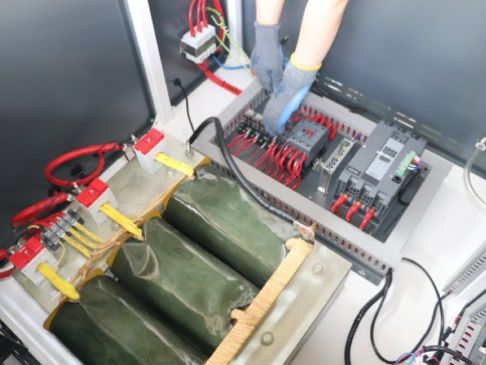Time:
Tubular furnaces are typically smaller and more compact than box furnaces, as they are designed to heat materials as they pass through a long, cylindrical tube. Box furnaces, on the other hand, are larger and more spacious, as they are designed to heat materials inside a sealed chamber or "box."
As a result, tubular furnaces tend to take up less space than box furnaces. However, the size and appearance of a particular furnace can vary depending on the specific design and intended use of the furnace.
Tubular furnaces are often used to sinter small objects or materials because they can be inserted directly into the tube for heating. This can be useful for sintering small particle ore, glass powder, and ceramic powder, among other materials. Box furnaces, on the other hand, are typically used to sinter larger objects or materials, as they have a larger interior space that can accommodate larger items. Box furnaces can be used for a wide range of sintering applications, including the surface treatment of stainless steel and other materials.
Both box furnaces and tubular furnaces can use silicon molybdenum rods as heating elements, as these rods are capable of producing high temperatures and are resistant to wear and corrosion. However, the atmosphere inside a tubular furnace is typically circulated, as the material being heated is passed through the tube and is exposed to the hot atmosphere inside.
In a box furnace, on the other hand, the atmosphere is generally more stable, as the material being heated is contained within the sealed chamber and is not exposed to the external environment. This can affect the heating characteristics of the furnace and the materials being heated.
Both tubular furnaces and box furnaces are used in a wide range of industries and applications, and there is often overlap in the types of materials and processes that can be performed using these two types of furnaces. However, as you mentioned, tubular furnaces are generally better suited for heating shafts and strips, as these materials can be easily inserted into the tube for heating.
Box furnaces, on the other hand, are more versatile and can be used for a wider range of processes, as they have a larger interior space and can accommodate a wider range of materials. As a result, box furnaces are often preferred when universal or versatile heating is required.
Both tubular furnaces and box furnaces are widely used in industrial, mining, academic, and research settings for a variety of heating and processing applications. These include element analysis, quenching, annealing, tempering, and other processes.
Both types of furnaces are available in a range of sizes and configurations, and can be customized to meet specific needs and requirements. Therefore, it is important to carefully consider your needs and budget when selecting a furnace, and choose the type of furnace that is best suited for your specific application.
Customization can be a useful option for laboratory furnaces, as it allows you to specify the specific features, capabilities, and performance characteristics you need for your specific application. This can include the size and capacity of the furnace, the materials it is constructed from, the type of heating elements it uses, and other features. Customization can be a good way to ensure that you get a furnace that is tailored to your specific needs and requirements.
Related News

ndustrial furnaces are used globally for a wide range of applications. As the selection of applications grew, different types of furnaces were developed to keep up with demands.
ASHING FURNACES
Ashing furnaces are used to determine the amount of ash that forms after a sample is burned. Typical materials used as samples in ashing furnaces are petroleum products, lubricating oils, and coal.

Our furnaces can be used in high-temperature tempering, annealing, quenching and other
Get A Free Quote
Submit Request